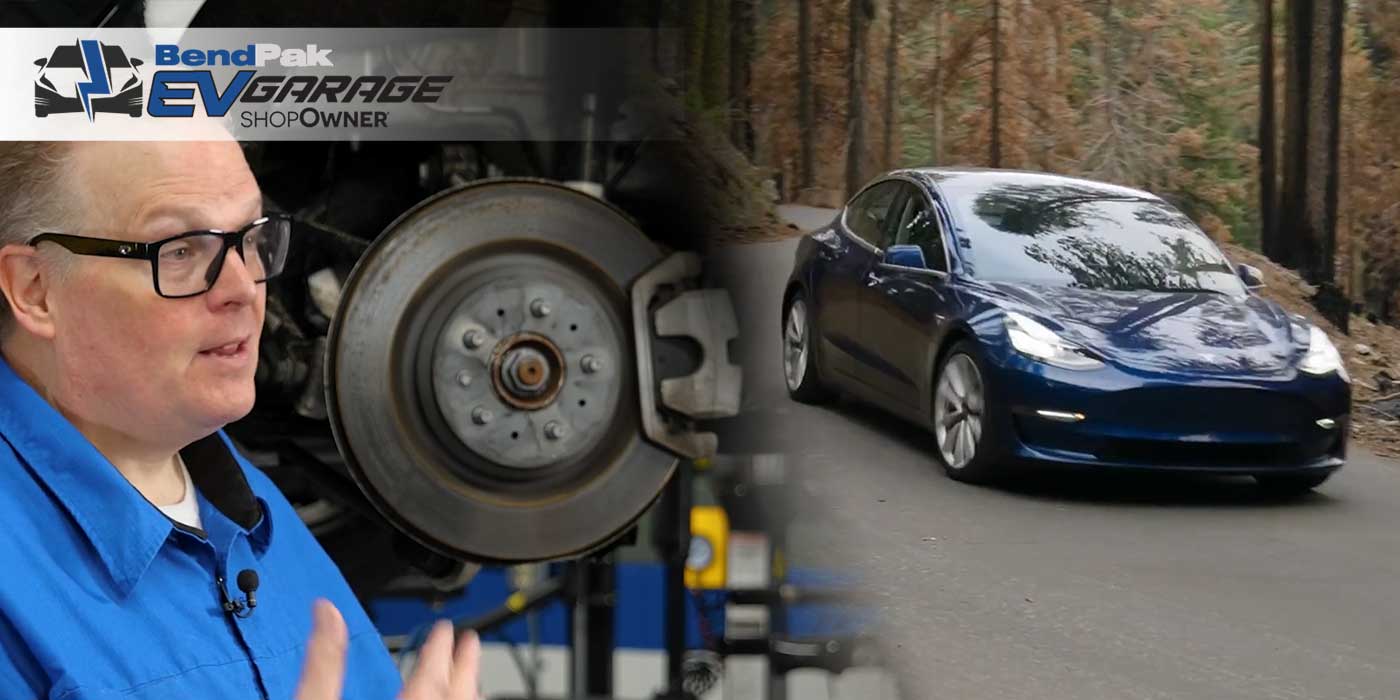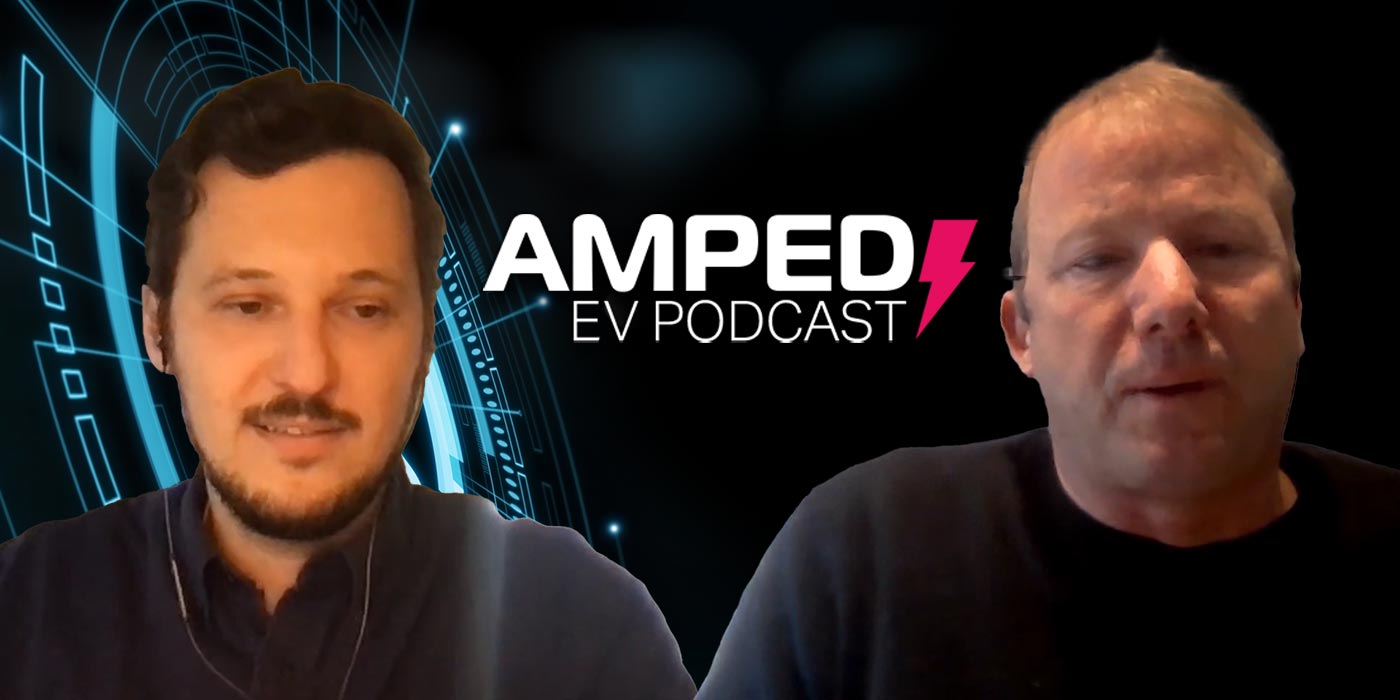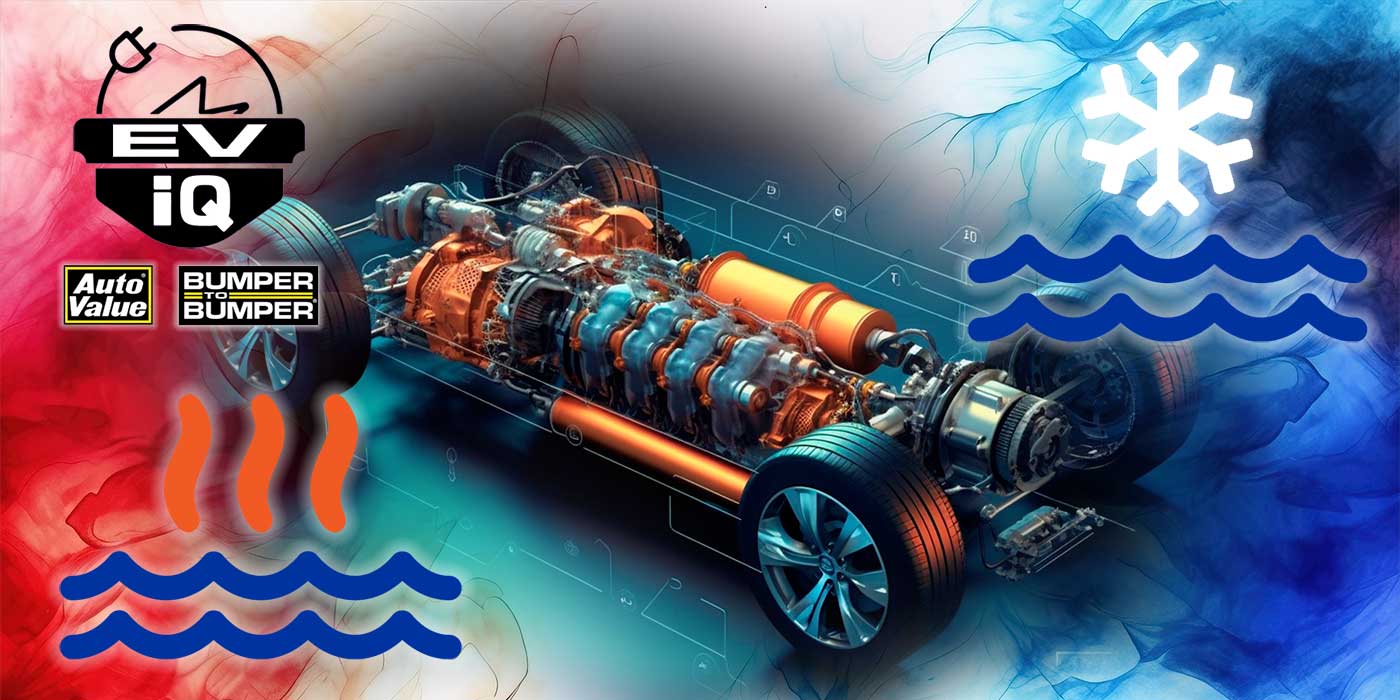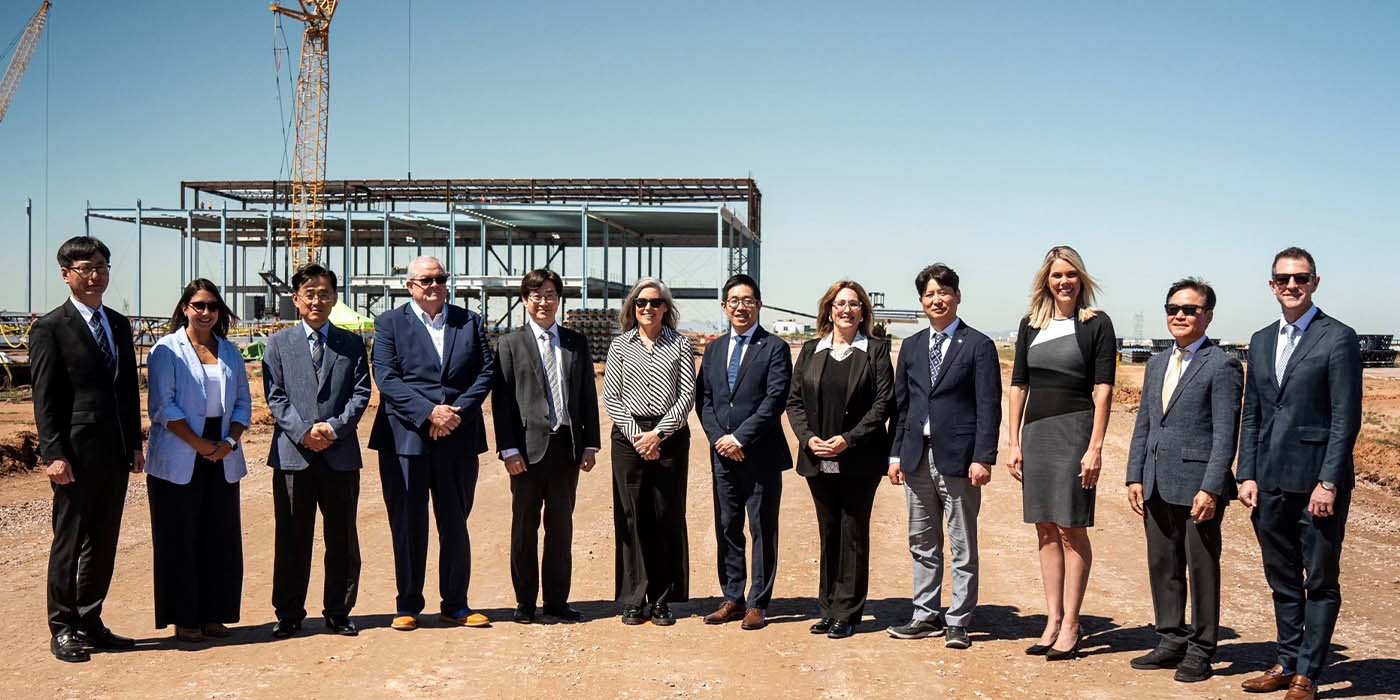With news of new EV models and new EV-promoting regulations being released seemingly every week, aftermarket manufacturers might feel like they’re behind the 8 Ball if they aren’t working on new parts, components or software solutions specifically built for the EV market. And, in some cases, that feeling might be right. In other cases, either these manufacturers still have plenty of time, or EV is hardly something to worry about.
Here’s the thing: Recent data from the consulting team at PwC Strategy& suggests that we should expect to see new EV sales landing somewhere between 13 and 20% of all new vehicle sales in the U.S. by 2030. But, as Strategy& also points out, there are a lot of caveats to that.
Maybe we’ll see a breakthrough in battery technology and the Biden administration will successfully execute its EV plan to a T, accelerating those numbers. Or, perhaps a few years down the road private and public investment will fade as lackluster EV adoption numbers won’t inspire reasons to move forward.
Either way, one thing we can’t ignore about the strength of this emerging market is that the demand for components related to gasoline-powered or hybrid vehicles won’t be as strong as today, because when it comes to parts like fuel filters, timing chains and catalytic converters… EVs just don’t need ‘em.
On the other hand, all-new parts categories are out there now. Electric motors, inverters, special cabling, even electric turbochargers – these are the terms that are finding their way out of today’s technician’s mouths, and that vocabulary is becoming more common as we keep slippin’ into the future.
Let’s not forget that electric vehicles are still, well, vehicles, and the chassis, HVAC systems, advanced driver assistance systems, and parts like mirrors and wipers – in some cases these categories might look a bit different on EVs, but by and large, they aren’t going anywhere.
One booming area of electrification I’m sure we all have our eyes on is fleets. Commercial vehicles, especially those in the medium-duty or last-mile delivery space, are getting their days in the sun, and then some. We’ve all heard of Amazon’s partnership with Rivian and FedEx’s plan to be carbon-neutral by 2040, and I’m here to tell you – those are just the tip of the iceberg.
As delivery becomes a critical and larger channel for almost all consumers, retailers will be augmenting their fleets with new vehicles, and as customers seek a reduced carbon footprint from retailers, fleet operators will explore adding electric vehicles to their delivery operations with the hope of saving money in the long-term.













